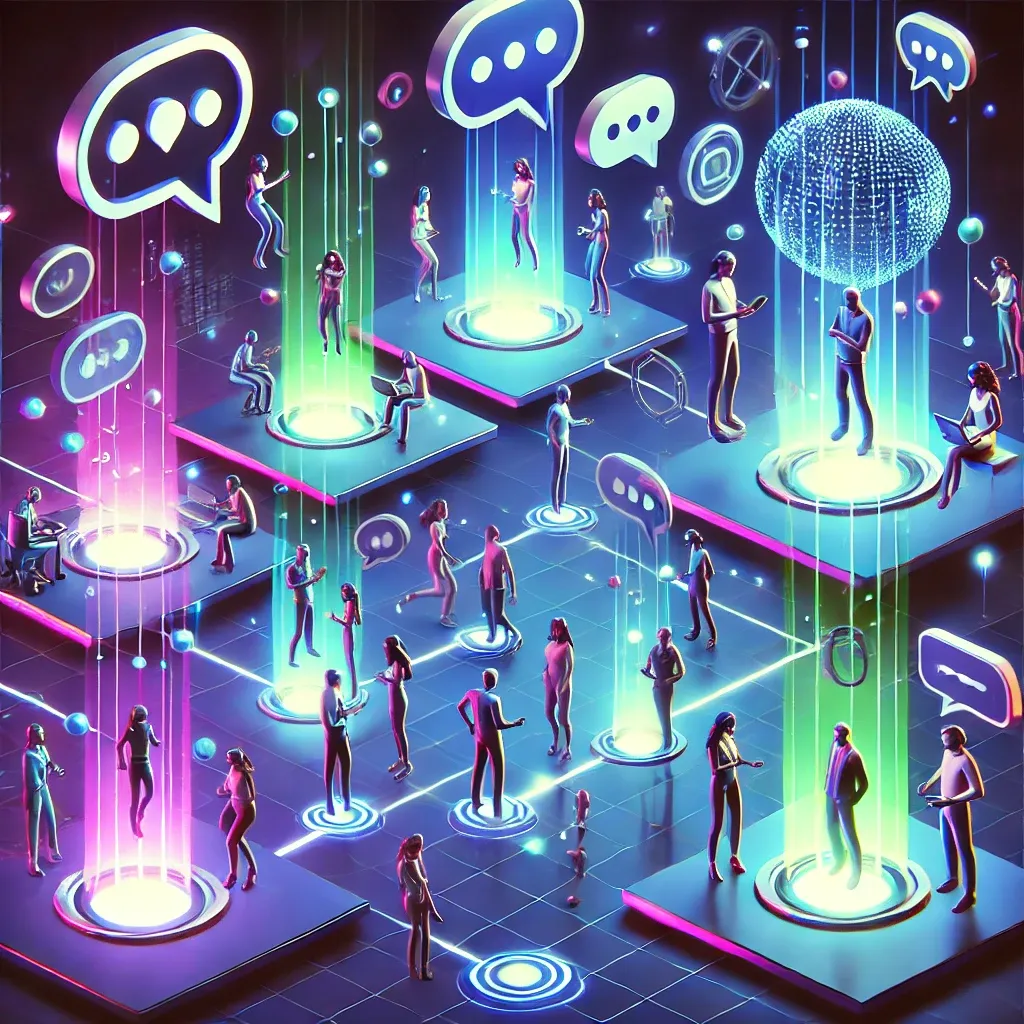Overcoming Communication Barriers in Teams: A Software Engineer's Guide to Not Losing Your Mind
Communication—that elusive unicorn in the world of software engineering. You’d think that people who can architect cloud infrastructure, untangle spaghetti code, or work comfortably with both recursion and regex could handle a little chit-chat with fellow humans, right? Wrong.

Communication—that elusive unicorn in the world of software engineering. You’d think that people who can architect cloud infrastructure, untangle spaghetti code, or work comfortably with both recursion and regex could handle a little chit-chat with fellow humans, right? Wrong. Communication in teams can often feel like trying to compile C++ code with a syntax error somewhere, and no, the compiler won’t tell you where. But fear not, dear software engineer. Here’s how to overcome the chaos that is "team communication" without losing your sanity.
1. The Jargon Jungle: Cutting Through the Tech Talk
First things first—jargon is a problem. Yes, we all love a good "dependency injection" conversation as much as the next developer. But here's the thing: Not everyone speaks fluent "nerd." That product manager? They might be nodding politely, but inside, they’re probably thinking you’re explaining quantum mechanics. It's time to adapt: cut down on the acronyms, define those tech-heavy terms, and resist the urge to impress with that knowledge bomb about monads. Speak in a language that’s accessible, and your team’s collective sigh of relief will be palpable.
2. Zoom Fatigue: The Unavoidable Monster
Oh, the joy of virtual meetings. Except, it's rarely joy—it's more like a slow drain on the soul, complete with pixelated faces and awkward silences. You want to communicate effectively? Read the digital room! Stop bulldozing through your agenda when half your team has that glazed-over look, staring as if they're waiting for a software update. Allow space for questions. Encourage that team member who hasn’t said a word in the last three meetings to chime in. And, please, end the meeting if the main point has already been made—no one will miss those extra 10 minutes.
3. "I Said What I Meant": The Importance of Clarity
Miscommunication happens when we assume everyone else knows what we know. You say, "Let’s refactor the module," and someone else thinks, "Cool, I’ll rewrite the entire service from scratch!" surprise and frustration next sprint planning. If you want clear communication, you need to verify understanding. Ask questions like, "Does this make sense?" or "What are your thoughts on how to approach this?" Sure, it might sound basic, but it's better than letting someone spend an entire week building the wrong thing.
4. Body Language: When Slack Messages Go Wrong
Text-based communication is like trying to cook a new recipe while someone describes it to you—in interpretive dance. Slack messages are notoriously devoid of nuance. Your sarcastic “Great job” might actually make someone think you hate them. When in doubt, be overly clear. If something’s a joke, use an emoji (yeah, it’s cheesy, but it works). If something’s a compliment, don’t hold back on saying why. When people don’t have body language to rely on, they’re prone to making wild assumptions. No one wants a Slack meltdown because of a misunderstood "Sure, go ahead."
5. Listening: The Ancient Art
Look, we all like to think we’re listening when someone else talks, but let’s be real—most of the time, we’re just waiting for our turn to speak. Effective communication involves actually listening to what others say and considering it before you jump in. This isn’t just some fluffy advice; it's the difference between shipping features your users actually want versus re-implementing what was already working just because you didn't hear a colleague say, "The clients are happy with it as is." Stop typing during the meeting, make eye contact (or at least aim your face at the screen), and nod like a human being who cares.
6. The Courage to Ask Dumb Questions
There's nothing worse than a room full of engineers who are too proud to ask what something means. Newsflash: No one knows everything, and assuming we do is a quick route to misalignment. If someone drops a bombshell like, "The design team wants this to be WCAG AA compliant by Friday," and you're unsure what that means, ask. Asking "dumb" questions actually takes guts, and it's what keeps the whole team moving in the same direction—instead of silently diverging into confusion.
7. Bridging the Engineer-Human Gap
Software engineers have a bit of a reputation for struggling with soft skills. But guess what? Communication is the bridge between your brilliant ideas and actually getting those ideas into production. It's worth investing in. Practice summarizing what you’re thinking in a couple of sentences. Learn how to phrase questions in a non-judgmental way. Ask for feedback on your communication style, and take it seriously when someone tells you they had no idea what you meant. There’s no point being the smartest person in the room if no one knows what the heck you’re talking about.
Final Thoughts: Communicate Like a Pro
Overcoming communication barriers in a team is not about being the most articulate or having a silver tongue—it’s about being open, accessible, and empathetic. Remember, a team that communicates well is unstoppable. So, leave your jargon at the door, listen like your project depends on it (because it does), and embrace the awkwardness of emojis if you must. At the end of the day, good communication is what makes the difference between a team that thrives and one that’s perpetually stuck in merge conflict hell.




